<Back to Index>
- Minister of War General Seishirō Itagaki, 1885
- Minister of War Field Marshal Shunroku Hata, 1879
PAGE SPONSOR
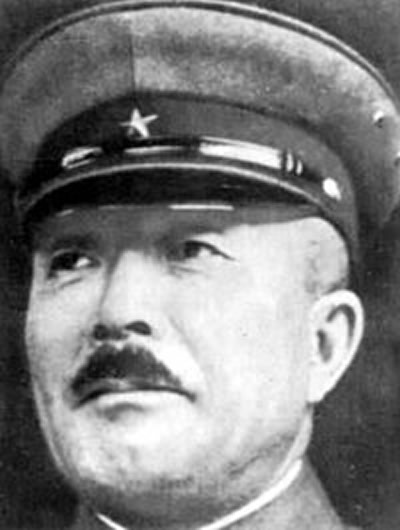
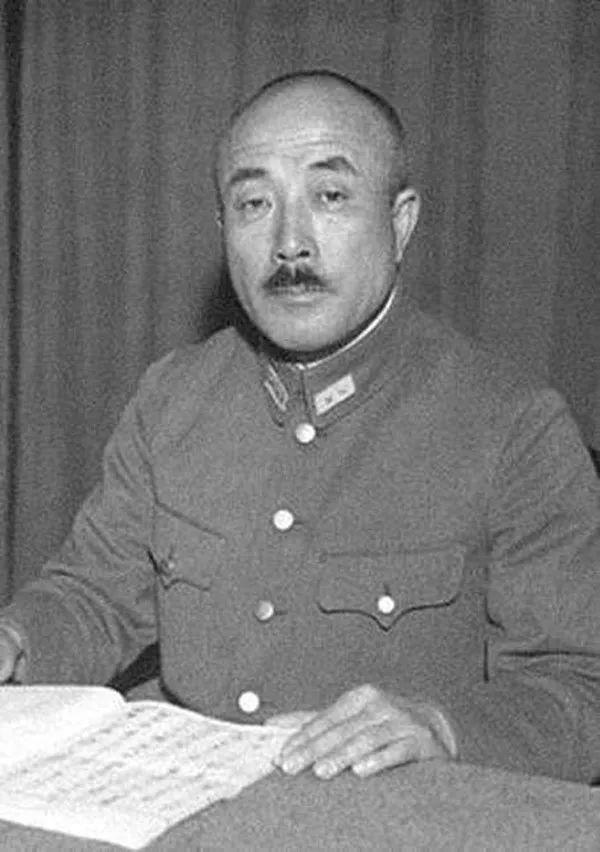
Seishirō Itagaki (板垣 征四郎 Itagaki Seishirō, 21 January 1885 - 23 December 1948) was a General in the Imperial Japanese Army in World War II and a War Minister.
Itagaki was born in Morioka city, Iwate prefecture into a samurai class family formerly serving the Nanbu clan of Morioka Domain. He graduated from the Imperial Japanese Army Academy in 1904. He fought in the Russo - Japanese War in 1904 - 1905.
From 1924 - 1926, Itagaki was a military attaché assigned to the Japanese embassy in China. On his return to Japan, he held a number of staff positions within the Imperial Japanese Army General Staff during 1926 - 1927 before being given a field command as commanding officer of the IJA 33rd Infantry Brigade based in China. His brigade was attached to the IJA 10th Division from 1927–1928. Itagaki was then transferred to command the IJA 33rd Infantry Regiment in China from 1928–1929, under the aegis of the Kwantung Army.
Itagaki rose to become Chief of the Intelligence Section of the Kwantung Army from 1931, in which capacity he helped plan the 1931 Mukden Incident that led to the Japanese seizure of Manchuria. He was subsequently a military advisor to Manchukuo from 1932 - 1934.
Itagaki became Vice Chief of Staff of the Kwantung Army from 1934, and Chief of Staff in 1936.
From 1937 to 1938 Itagaki was commander of the IJA 5th Division in China
during the early part of the Second Sino - Japanese War.
His Division took a leading part in the Battle of Beiping - Tianjin,
Operation Chahar, and the Battle of Taiyuan. However in
the Battle of Xuzhou his forces were repulsed during the
Battle of Taierzhuang in the vicinity of Linyi that
prevented them from coming to the aid of Rensuke Isogai's
IJA 10th Division.
Recalled to Japan in 1938, Itagaki briefly served as War Minister from 1938 - 1939. On December 6, 1938, Itagaki proposed a national policy in accordance with Hakko Ichiu at the Five Ministers Conference, which was the Japanese highest decision making council, and the council made a decision of prohibiting the expulsion of the Jews in Japan, Manchuria, and China as Japanese national policy.
Itagaki returned to China again as chief of staff of the China Expeditionary Army from 1939 - 1941. However, the defeat of Japanese forces against the Soviet Red Army at Nomonhan in the summer of 1939 was a major blow to his career, and he was reassigned to command the Chosen Army in Korea, then considered a backwater post.
As the war situation continued to deteriorate for Japan, the Chosen Army was elevated to the Japanese 17th Area Army in 1945, with Itagaki still as commander in chief. He was then reassigned to the Japanese Seventh Area Army in Singapore and Malaya in April 1945. He surrendered Japanese forces in Southeast Asia to British Admiral Louis Mountbatten in Singapore on 12 September 1945.
After the war, he was taken into custody by the SCAP authorities and charged with war crimes, specifically in connection with the Japanese seizure of Manchuria, his escalation of the war against the Allies during his term as War Minister, and for allowing inhumane treatment of prisoners of war during his term as commander of Japanese forces in Southeast Asia. He was found guilty on counts 1, 27, 29, 31, 32, 35, 36 and 54 and was condemned to death in 1948 by the International Military Tribunal for the Far East. Itagaki was hanged on 23 December 1948 at Sugamo Prison, Tokyo.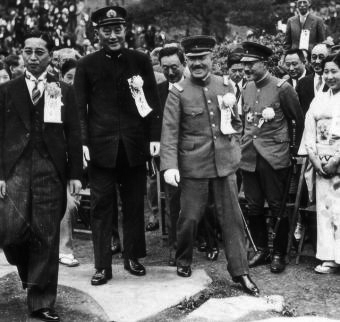
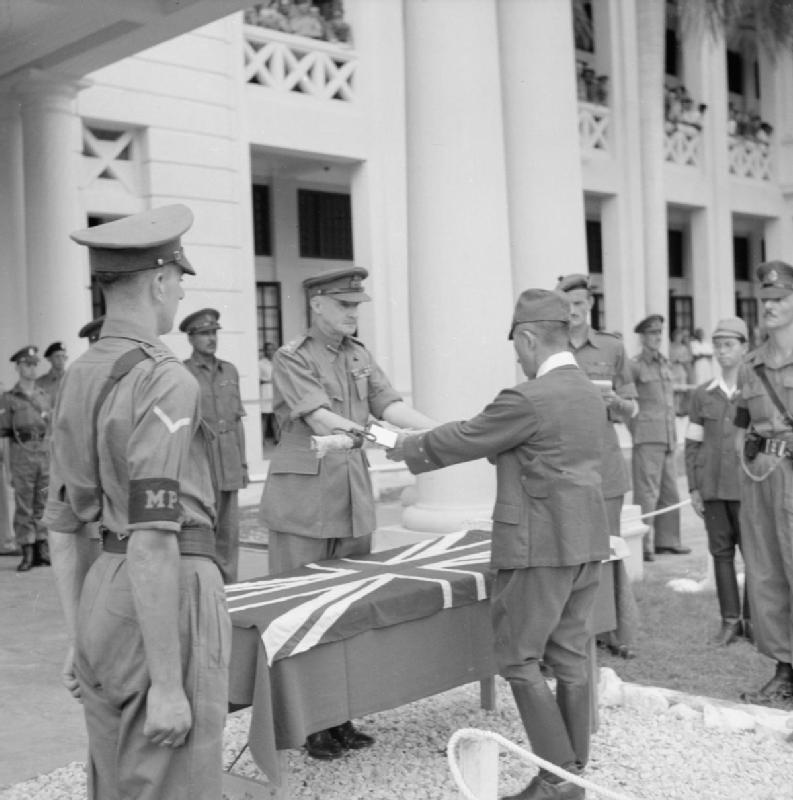
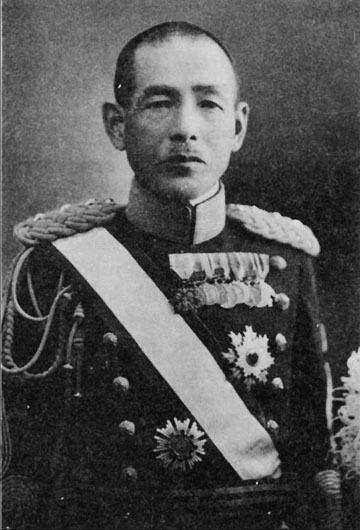
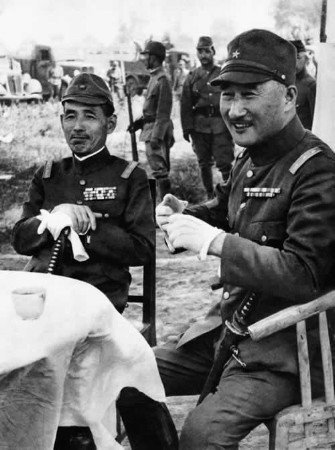
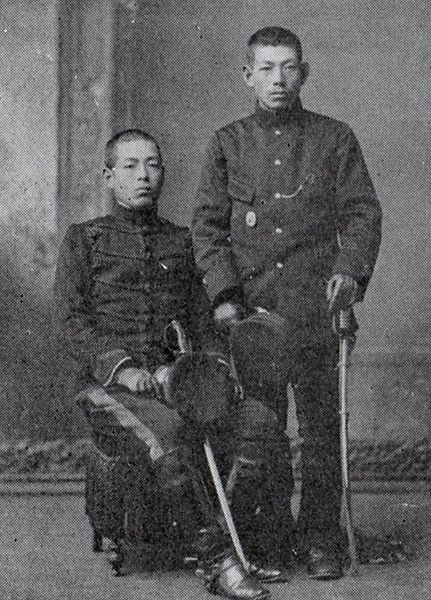
Field Marshal Shunroku Hata (畑 俊六 Hata Shunroku, 26 July 1879 - 10 May 1962), was a field marshal in the Imperial Japanese Army during World War II. He was the last surviving Japanese military officer with a marshal's rank.
Hata was a native of Fukushima prefecture, where his father was an ex-samurai of the Aizu domain. At the age of 12, the family relocated to Hakodate, Hokkaidō, but at the age of 14, he was accepted into the prestigious First Tokyo Middle School. However, his father died the same year, and unable to afford the tuition, he enrolled in the Army Cadet School instead, going on to graduate of the 12th class of the Imperial Japanese Army Academy, in 1901 as a second lieutenant in the artillery. Hata served in the Russo - Japanese War. He graduated from the 22nd class of the Army Staff College with top rankings in November 1910.
Sent as a military attaché to Germany in March 1912, Hata stayed in Europe throughout World War I as a military observer. He was promoted to major in September 1914 and to lieutenant colonel in July 1918, while still in Europe, and he stayed on as a member of the Japanese delegation to the Versailles Peace Treaty negotiations in February 1919.
On his return to Japan, Hata was given command of the IJA 16th Field Artillery Regiment in July 1921, and was promoted to major general and commander of the IJA 4th Heavy Field Artillery Brigade in March 1926.
Hata was subsequently assigned to the strategic planning division of the Imperial Japanese Army General Staff, serving as chief of the Fourth Bureau in July 1927 and Chief of the First Bureau in August 1928.
Hata was promoted to lieutenant general in August 1931
and became Inspector General of Artillery Training. He was
then given a field command, that of the IJA 14th Division in August
1933. After serving as head of the Imperial Japanese Army
Air Service from December 1935, he became commander of the
Taiwan Army of Japan in 1936.
His rise after the start of the Second Sino - Japanese War was then very rapid: Military Councilor, Inspector General of Military Training and promotion rank of general all in late 1937. He was appointed as commanding general of the Central China Expeditionary Army in February 1938, to replace General Matsui Iwane, who had been recalled to Japan over the Nanjing Incident. Hata became Senior Aide - de - Camp to Emperor Shōwa in May 1939 followed by a stint as Minister of War from August 1939 to July 1940 during the terms of Prime Minister Nobuyuki Abe and Mitsumasa Yonai. In July 1940, Hata had a pivotal role in bringing down the Yonai cabinet by resigning post as Minister of War.
Hata returned to China as commander - in - chief of the China Expeditionary Army in March 1941. He was the main Japanese commander at the time of Zhejiang - Jiangxi Campaign, during which Chinese sources claim that over 5,000,000 civilians were killed. Hata was promoted to the rank of field marshal on 2 June 1944.
Hata was requested to take command of the Second General
Army, based in Hiroshima from 1944 to 1945 in preparation
for the anticipated Allied invasion of the Japanese home
islands. He was thus in Hiroshima at the time of the
atomic bombing. Hata was one of the senior generals who
agreed with the decision to surrender, but asked that he
be stripped of his title of Field Marshal in atonement for
the Army’s failures in the war.
Hata was arrested by the American occupation authorities after the end of the war, and charged with war crimes. In 1948, as a result of the International Military Tribunal for the Far East, he was sentenced to life imprisonment under the charges of: “Conspiracy, waging aggressive war, disregarding his duty to prevent atrocities”. Hata was paroled in 1955, and headed a charitable foundation for the welfare of former soldiers from 1958. He died in 1962, while attending a ceremony honoring the war dead.
Hata's brother, Eitaro Hata (1872 - 1930), was also a general in the Imperial Japanese Army, and commander - in - chief of the Kwangtung Army.